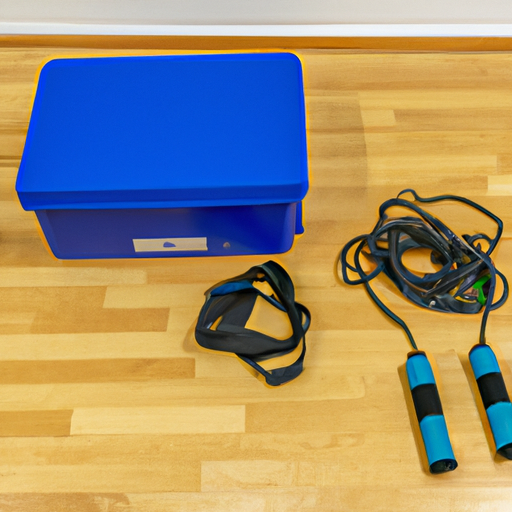
How to Improve Your Vertical Jump for Sports
Jumping up to reach that glorious hoop or intercept the ball is not just about how tall you are; it's about how explosive your power can be. Whether you're a basketball enthusiast, a volleyball player, or simply someone wanting to improve athletic performance, enhancing your vertical jump is your ticket to higher altitudes (literally!).
Understanding the Vertical Jump
The vertical jump is a measure of how high an individual can elevate off the ground using only their muscles. It's a critical component of performance in many sports. The good news? It's not all about genetics. With targeted exercises, anyone can improve their vertical jump!
The Science of Explosive Power
At the core of increasing your vertical jump is developing explosive power. This is the ability of your muscles to exert maximum force in the shortest possible time. How do we achieve this? With a mix of strength training, plyometrics, and proper technique!
1. Strength Training
Building muscle strength is fundamental to jump higher. Consider incorporating these exercises:
- Squats: Targets the quads, hamstrings, and glutes. Aim for heavy weights with fewer repetitions to build strength.
- Deadlifts: Also focuses on the posterior chain, crucial for powerful jumps.
- Lunges: Enhances quad and glute strength; perfect for balanced muscle development.
Remember, Popeye didn't get strong from spinach alone; he needed strength training! So, make those weights your best friend.
2. Embracing Plyometrics
Plyometrics are exercises that increase explosive power and are essential for improving vertical jumps. Here, the goal is to use the stretch-shortening cycle of your muscles to enhance power. Try these:
- Box Jumps: Start on a stable surface and leap onto a box. This boosts your fast-twitch muscle fibers.
- Depth Jumps: Step off a box and immediately jump upon landing. This enhances reactive strength.
- Bounding: Over-exaggerated running movements improve dynamic power.
Fun fact: Plyometrics can make you feel like a kangaroo on caffeine—hopping is the name of the game!
3. Mastering Technique
Strength and power are nothing without proper technique. Let's break it down:
- Arm Swing: Use your arms effectively to propel your body upwards.
- Bend Your Knees: Prepare for the leap with a solid knee bend to engage the lower body.
- Focus Forward: Look up and forward to encourage upward momentum.
Think of it this way: even a rocket has a launch technique. The better the technique, the higher the flight!
4. Consistency is Key
Rome wasn't built in a day, and neither is explosive power. Commit to a regular training schedule. Track your progress, and celebrate improvements, no matter how small. Remember, slow and steady wins the race—or in this case, jumps the highest!
The Role of Nutrition and Rest
All those squats and jumps won't pay off without good fuel and recovery.
- Protein Power: Helps build and repair muscles.
- Carbs: Provide the necessary energy for intense workouts.
- Hydration: Never underestimate the power of water for muscle function.
- Recovery: Adequate rest is crucial for muscle building. Aim for 7-9 hours of quality sleep.
In essence, treat yourself like a high-performance vehicle; premium fuel and regular tune-ups are essential!
Conclusion
Improving your vertical jump is about science, strategy, and a sprinkle of sweat. By focusing on building explosive power through strength training and plyometrics, mastering proper technique, and maintaining consistency, you can reach new bounds—literally. So strap on those training shoes, and let's start jumping (don't forget to grab your cape, superhero)!
FAQs on Improving Vertical Jump
- How often should I do plyometric exercises? Ideally, integrate plyometrics 2-3 times a week, allowing at least 48 hours of recovery between sessions.
- Can anyone improve their vertical jump? Absolutely! With dedication, the right exercises, and time, improvements are possible for everyone.
- Are there risks involved with plyometrics? Like any exercise, plyometrics should be approached with proper form and gradual intensity to avoid injury.
